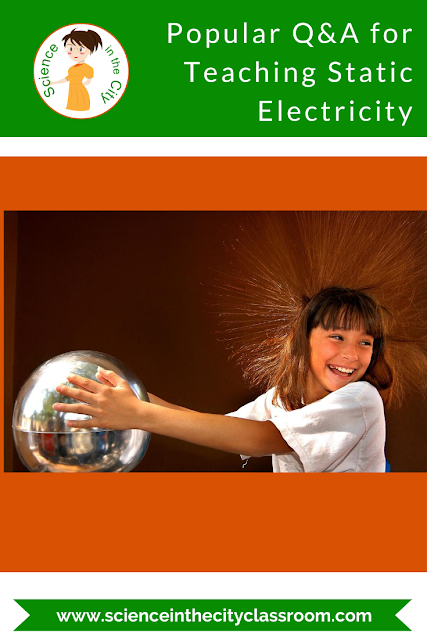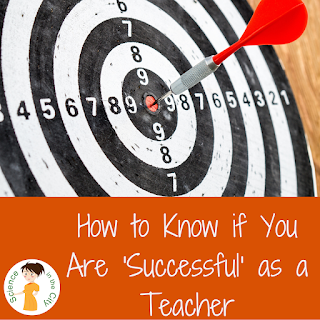One of my most popular FREE resources is designed to teach about static electricity. It is written for middle school but would be appropriate for upper elementary, or perhaps 9th grade.
This middle school static lab is a lot of fun, and memorable for students. It includes an explanation, with diagrams, of static electricity, and then five stations of activities for students to explore static electricity. It also has summary questions for them to answer to process and assess their knowledge.
It used very basic household materials, so it would also be an activity that you students could do at home, if needed, or to show their families what they have been learning. The materials needed (to do all five stations) are: soda cans, inflated balloons, packing peanuts in a plastic bag, small pieces of wool cloth, puffed wheat cereal, black plastic strips
Here are some common questions and answers that I often receive.
Can you explain more about the materials? What if I don’t have some of the materials? What can I use instead?
What classroom management tips do you have for doing this lab with middle school students?
I have done this lab as stations, but it is easily adapted. I wrote a more lengthy post about how to run stations that may be helpful.
Further Inspiration and direction
In case you are looking for more inspiration or an engagement video to get your students started, it can be very engaging to do something very simple, that ties it back to real life. Static electricity causes lightning, so it would be eye-catching to have a picture of lightning up on the board and ask students for their ideas about what causes lightning at the start of class.
There are also many readily available pictures of children with their hair standing on end, etc. Again, this could easily be used to capture student attention and engage them before starting the activity.
In either of these cases, it would be ideal to return to that picture after the lesson and see if students could further explain the cause of that phenomenon.
Extensions
If you are looking to extend this further, this is the perfect lab to practice experimental design. Students can choose one variable to test (such as the type of fabric, or the type of cereal) and determine how it affects the results that they see. This could even be a chance to graph some data if you can collect quantitative data.
If you want to try this activity in your class, with complete written directions and summary questions, check it out here.










